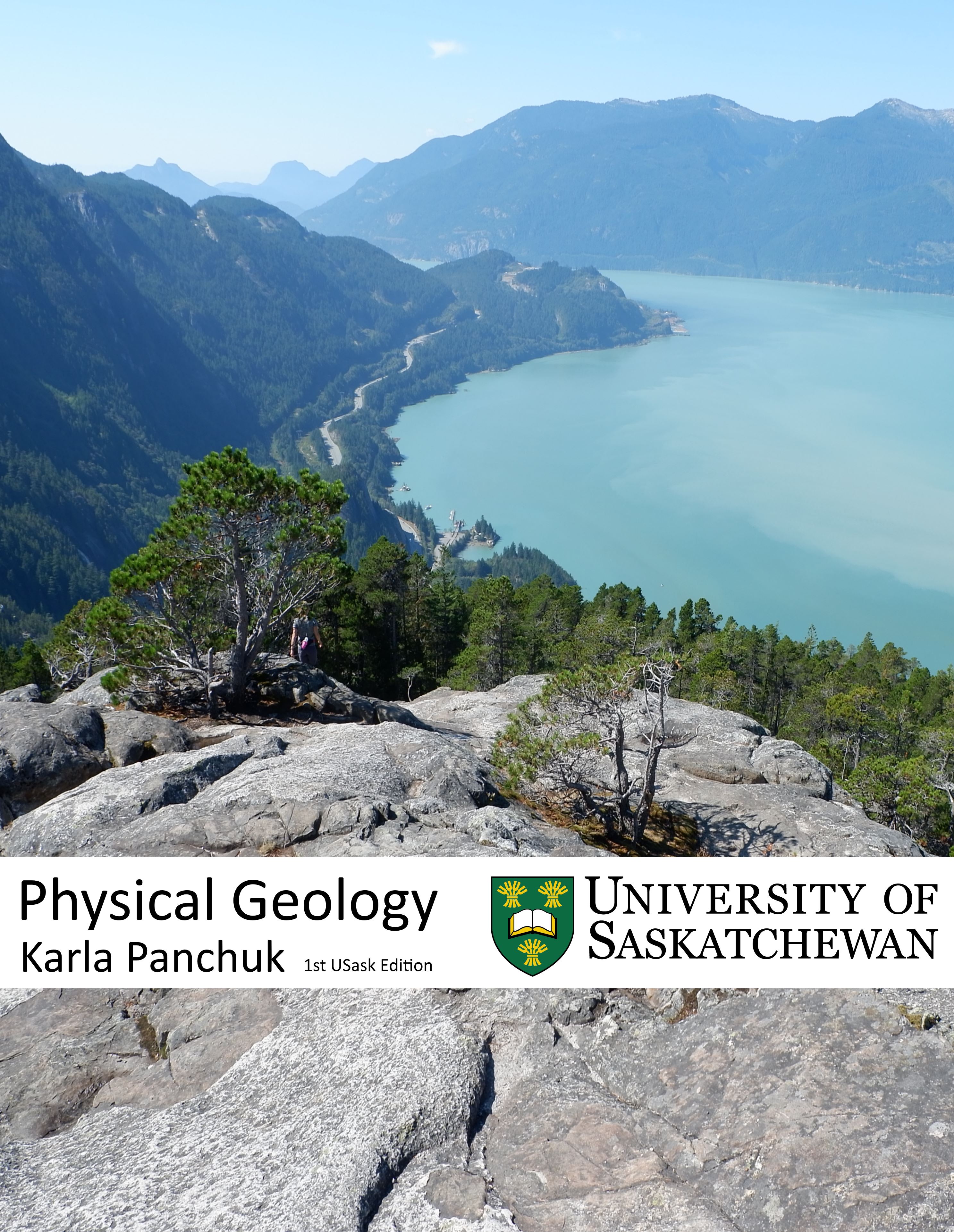Book Title: Physical Geology, First University of Saskatchewan Edition
Subtitle: Adapted from Physical Geology written by Steven Earle for the BCcampus Open Textbook Project

Download this book
Book Description: Physical Geology is a comprehensive introductory text on the physical aspects of geology, including rocks and minerals, plate tectonics, earthquakes, volcanoes, mass wasting, climate change, planetary geology and much more. It has a strong emphasis on examples from western Canada. It is adapted from "Physical Geology" written by Steven Earle for the BCcampus Open Textbook Program. To access links to download PDF files, click the Read Book button below.
Contents
Book Information
Book Description
Physical Geology is a comprehensive introductory text on the physical aspects of geology, including rocks and minerals, plate tectonics, earthquakes, volcanoes, mass wasting, climate change, planetary geology and much more. It has a strong emphasis on examples from western Canada. It is adapted from “Physical Geology” written by Steven Earle for the BCcampus Open Textbook Program.
License
Physical Geology, First University of Saskatchewan Edition Copyright © 2019 by Karla Panchuk is licensed under a Creative Commons Attribution-NonCommercial-ShareAlike 4.0 International License, except where otherwise noted.
Subject
Earth Sciences, Geography, Environment, Planning

